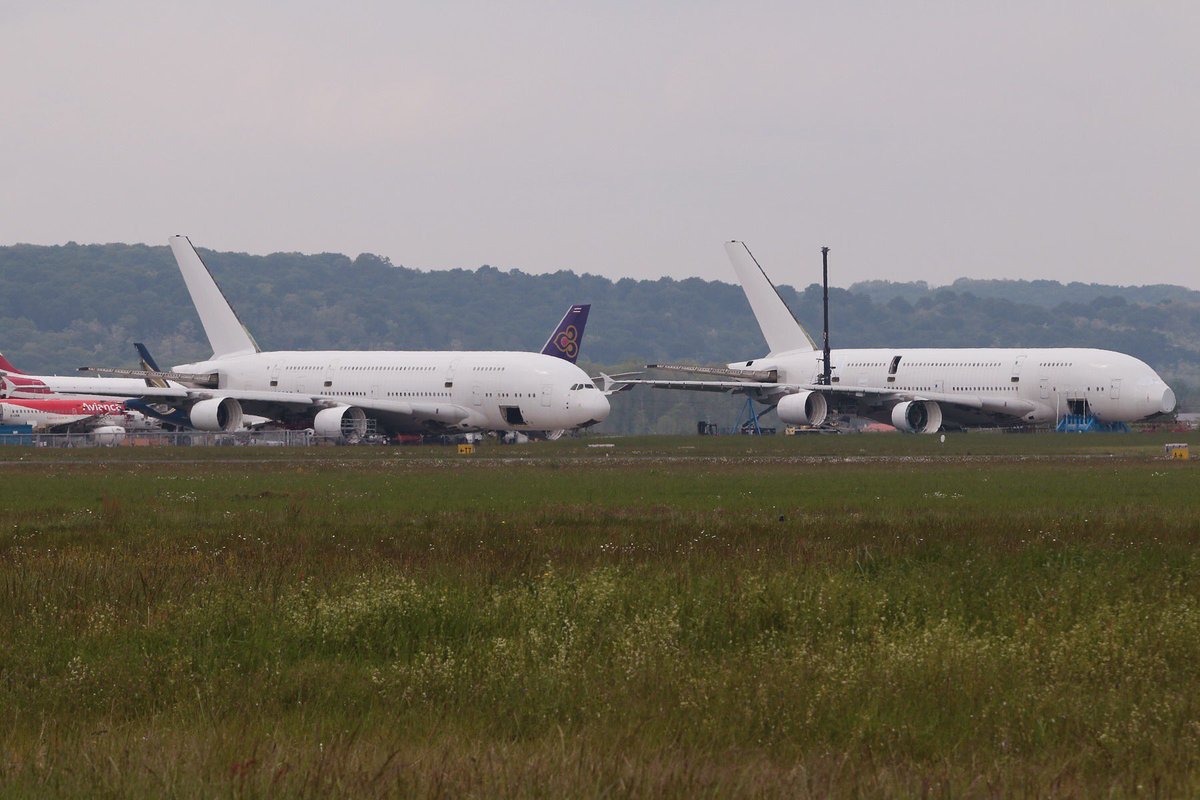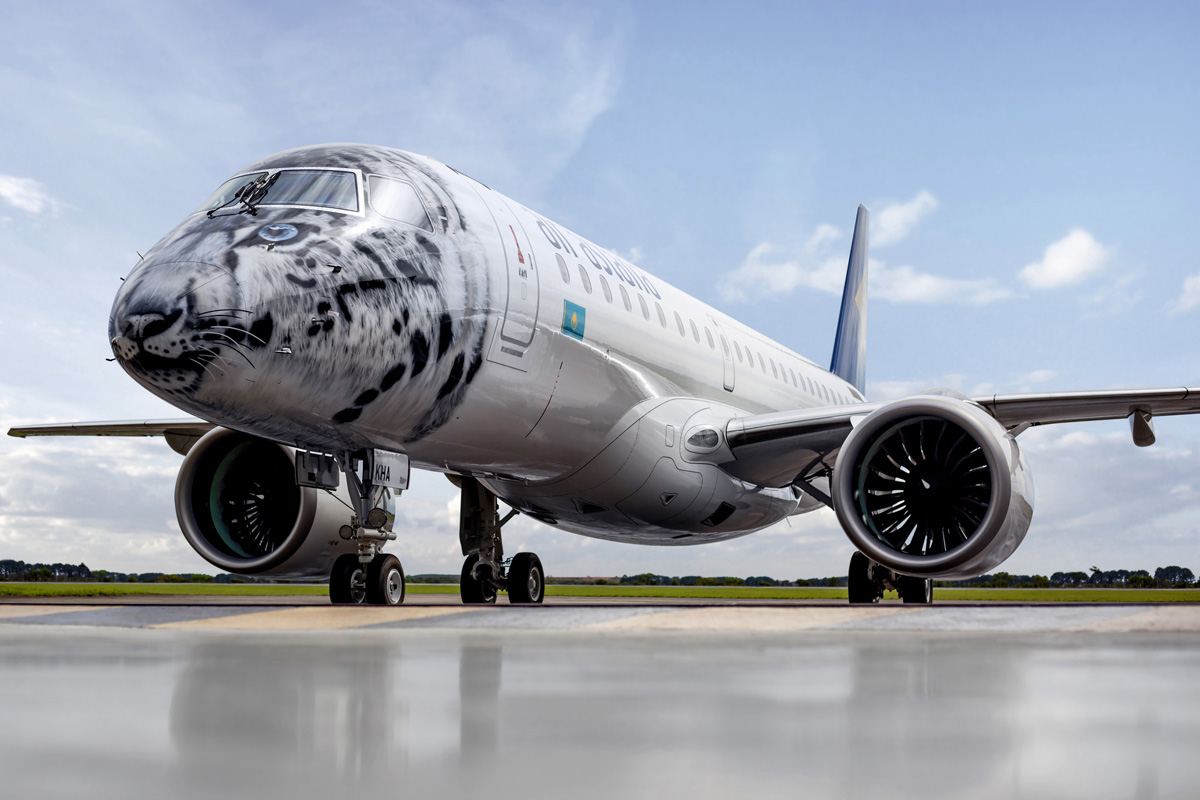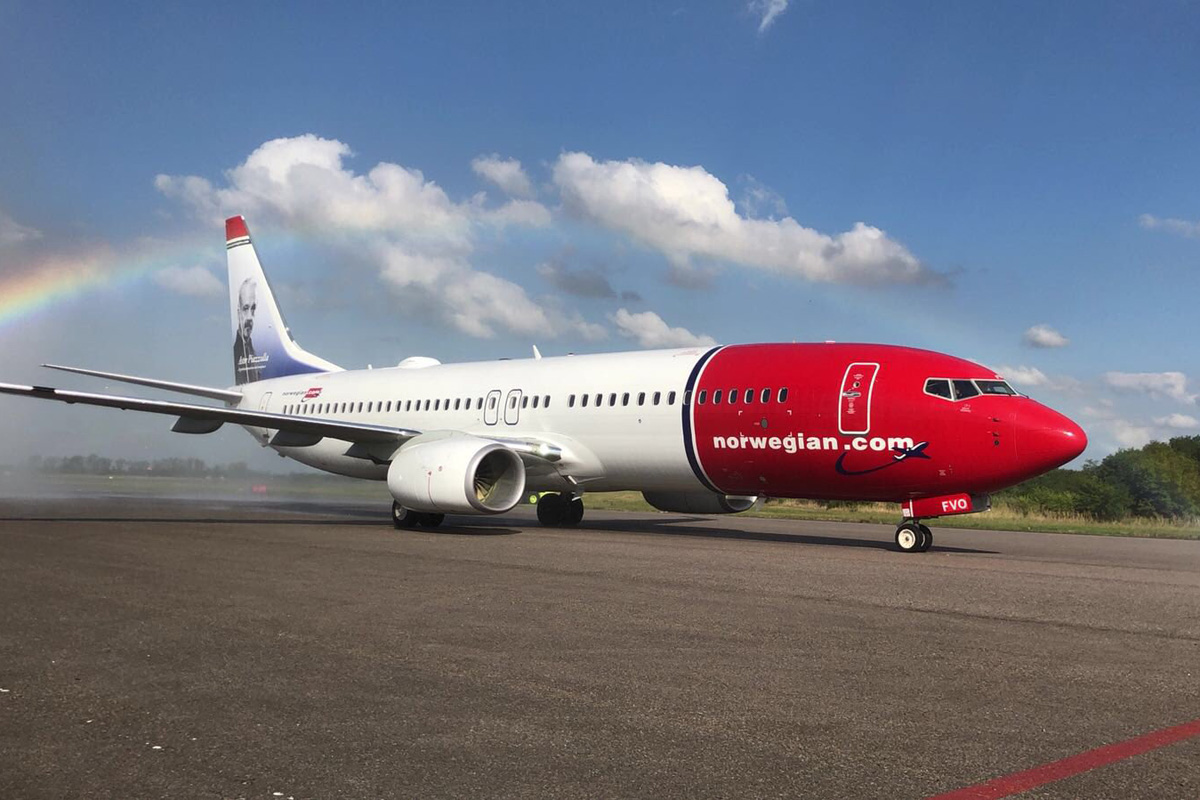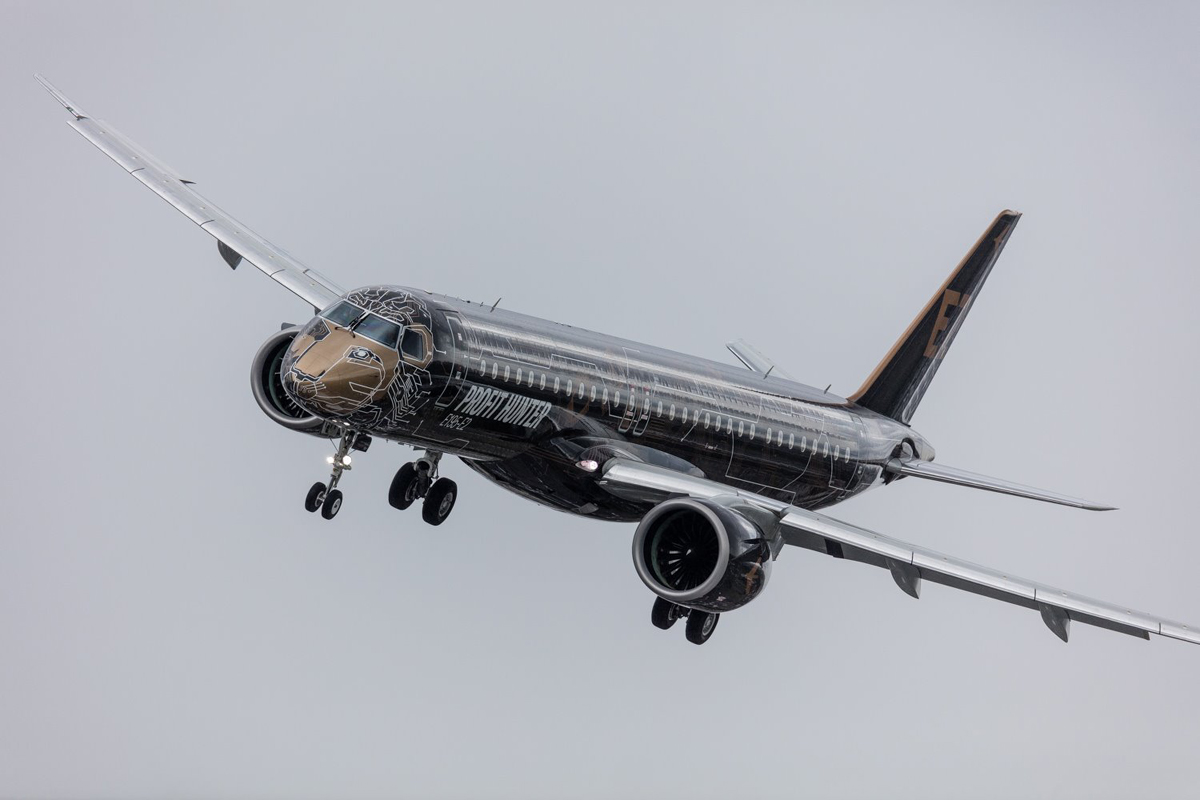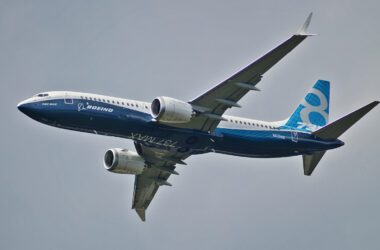The dismantling of two Airbus A380 that flew with Singapore Airlines began recently at Tarbes Lourdes airport in France. The task of dismantling the largest commercial aircraft in history is carried out by Tarmac Aerospace, an Airbus company specializing in the storage and disposal of decommissioned aircraft.
The jets that came out of operation in 2018 are the first two units of the A380 that went into commercial operation as of October 2007. Aircraft flying with Singapore Airlines were leased by German financial group Dr. Peters.
Without getting new customers for the two planes, the German company decided that it would be more cost effective to disassemble them than to keep them standing waiting for customers. About 92% of aircraft components will be reused, the company said last year when it confirmed the decision to dismantle the aircraft. Among them is the model “MSN003”, the first A380 series produced by Airbus.
In addition to the aircraft that are already being dismantled in France, last year Singapore Airlines also returned another two A380s to the German group. These aircraft, on the other hand, had better destinations: one was rented by Hi-Fly, a wet-lease company in Portugal, and the second, also intended by the Portuguese company, remains stocked.
The Dr. Peters group still owns five other A380s which are in operation leased by Air France and Emirates Airline. In February of this year, Airbus confirmed that the A380 will be produced only until 2021, the year in which the latest orders will be completed of the aircraft.
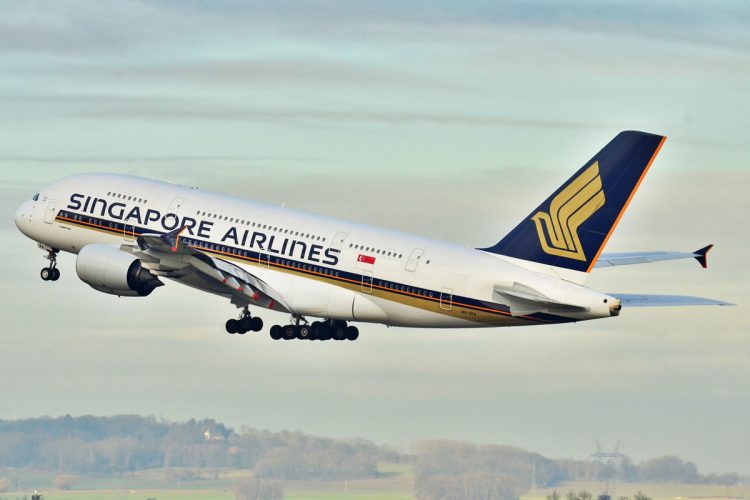
Sales Failure
When it announced the A3XX program in the early 1990s, Airbus had high expectations for the aircraft that would later gain the A380 name. The manufacturer received 1,200 intentions to purchase the airplane that appeared as the definitive substitute for the Boeing 747, which had dominated large-scale aviation since the 1970s.
The project, however, was extremely complex and delayed. At the same time that the airplane was being modified, the commercial aviation market underwent transformations. While Airbus was developing the world’s largest passenger aircraft, airlines were abandoning this type of aircraft and opting for smaller, more efficient models that could travel longer distances, such as the current Boeing 787 and Airbus A350.
When the A380 hit the market it was too late. And too expensive. Of the 1,200 intentions, only 290 were confirmed, with 235 aircraft delivered until March of this year.
The scene of A380 jets being scrapped should be repeated soon. Some of the current aircraft operators have announced that they will reduce their fleets in the coming years. This is the case of companies such as Air France, Lufthansa, Qatar Airways and Qantas.

